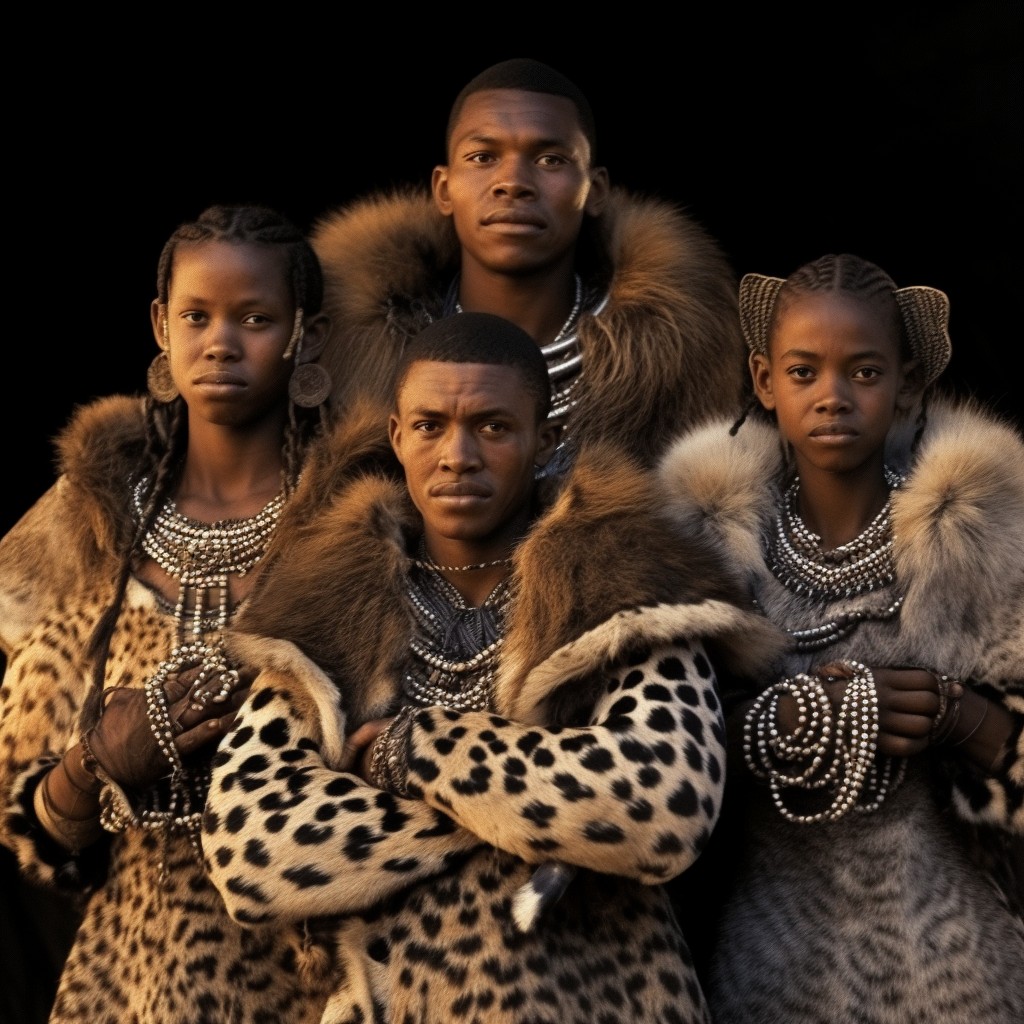 The Barolong tribe, originating from Botswana and South Africa, is a significant part of the Tswana people's rich tapestry of history. Their story is one of kings, warriors, and the evolution of a tribe into multiple clans.
The Barolong tribe, originating from Botswana and South Africa, is a significant part of the Tswana people's rich tapestry of history. Their story is one of kings, warriors, and the evolution of a tribe into multiple clans.
Origins and Early Kings
The Barolong's roots trace back to King Morolong, who reigned around 1240 and is the tribe's founder. He adopted Tholo, the Kudu, as the Barolong totem. The tribe's name is derived from this early chief. King Tau, a descendant of King Morolong, ascended the throne around 1660. Recognized as a warrior king, Tau played a pivotal role in strengthening the Barolong tribe, transforming it into a formidable kingdom. His reign was marked by numerous battles and a vast lineage, with four prominent sons: Ratlou, Tshidi, Seleka, and Rapulana. These names later became synonymous with the clan names of the Barolong tribe.
Expansion and Migration
The Barolong spread across regions, from Botswana (formerly known as Bechuanaland) to the Transvaal, Northern Cape, and Free State. Following King Tau's death in Taung (a place named in his honor), the tribe, under Nthua (Tau's younger brother), migrated to Dithakwaneng and subsequently to Dithakong. Nthua's demise saw the tribe move to Mamusa and eventually to Setlagole, their former capital. It was here that the tribe fragmented into various clans, primarily based on the lineage of Tau's sons.
The Era of Ratlou
Ratlou, King Tau's heir, had four sons: Mariba, Seitshiro, Mokalake, and Moirwagale. A power struggle ensued between Mariba and Seitshiro, leading to the division of Ratlou into two sub-clans. Mariba's clan established their stronghold in Ganyesa, reigning over Vryburg and its surrounding areas. The lineage of chiefs from this clan includes Mariba, Moamogwa, Kegakilwe, Nchelang, Letlhogile, and Thibogang. On the other hand, the Seitshiro clan's rulers were Seitshiro, Moshewa, Matlakoe, Gontse, and Moshwete.
The Legacy of Tshidi and Other Clans
Tshidi, the second son of King Tau, established his base in Mahikeng. The lineage of chiefs from this clan includes Thutlwa, KING Tawana, Montshiwa, Kebalepile, and W. Montshiwa. The Seleka clan settled in Thaba Nchu, with chiefs like Seleka, Koikoi/Mpolokang, and Modimogale-a-Mpolokang. Notably, Moroka, although not a direct descendant of Koikoi/Mpolokang, acted as a Regent for Modimogale-a-Mpolokang. Samuel Moroka, after a conflict with Tshipinare, relocated to Matsiloje in British Bechuanaland. The Rapulana clan, on the other hand, settled in Lotlhakane and Bodibe, with chiefs like Rapulana, Molekana, and Makhowe.
Significant Contributions
Two Barolong chiefs, Moroka (James Moroka) and Dr. Silas Molema, were instrumental in the formation of the African National Congress, a pivotal liberation movement.
In contemporary times, the Rolong tribe is predominantly found in the southern regions of Botswana, especially in Goodhope and its neighboring villages.
Chronology of Barolong Rulers
- 1240 Morolong
- 1270 Noto
- 1300 Morara
- 1330 Mabe
- 1360 mabudi
- 1390 Moloto
- 1420 Mabeo
- 1450 Modiboa
- 1480 Tshesebe
- 1510 Monnyane
- 1540 Setlhare
- 1570 Masepa
- 1600 Mokgopha
- 1630 Thibela
- 1660 King Tau
- 1690 Ratlou, Tshidi, Seleka, Rapulana
- 1720 Seitshiro, Thutlwa, Koikoi, Molekane
- 1750 Moshewa, KING Tawana, Moroka, Makhowe
- 1780 Matlakoe, Montshioa Tawana, Sehunelo, Matlaba
- 1810 Gontsi, Kebalepile, Moroka, Shuduntlhe
- 1840 Moshwete, W. Montshioa, Samuele, Ramolekana
- 1870 Molekana
In conclusion, the Barolong tribe's history is a testament to the resilience, evolution, and rich cultural heritage of the Tswana people. Their journey, marked by migrations, battles, and the formation of new clans, offers a fascinating glimpse into the annals of African tribal history.
Sources: Wikipedia

